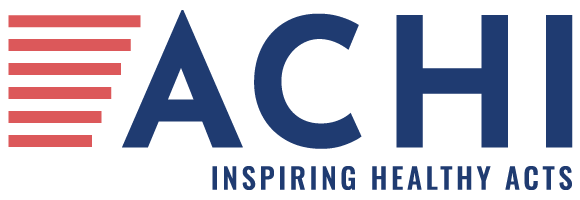
Patient deaths in U.S. emergency departments rose after hospitals were acquired by private equity firms, according to a new study. The authors suggest that a possible explanation for the increase in patient deaths may be deep cuts to staffing and salaries, a common strategy used by hospitals acquired by private equity firms to generate financial returns for the firms and their investors.
“Private equity” refers to an investment strategy in which investors purchase companies and quickly sell them for a profit. Hundreds of hospitals, nursing homes, and physician practices have been acquired by private equity in the U.S. Researchers examined cost reports and insurance claims data for 49 private equity-owned hospitals and 293 control hospitals and found that in the three years after acquisition, the private equity-owned hospitals reduced salary expenditures in their intensive care units by 16% and in their emergency departments by 18% compared to hospitals not acquired by private equity.
In addition, the private equity-owned hospitals reduced hospital-wide, full-time employees by an average of 11.6% and reduced salary expenditures by an average of 16.6% relative to non-private equity-owned hospitals. Among Medicare patients, seven additional deaths per 10,000 visits occurred at the private equity-owned hospitals after acquisition relative to hospitals that were not acquired by private equity. This represented a 13% increase from a baseline of 52 patient deaths per 10,000 visits.
Private equity acquisition in health care is a national trend, and Arkansas has felt the effects. As of April 2025, at least eight hospital systems that included a total of 11 hospitals in Arkansas were controlled by private equity firms. At least two hospitals that serve Arkansans risked closure when their private equity-backed parent company declared bankruptcy, though both remained open after being sold to non-private equity owners.
The increasing involvement of private equity in health care raises concerns for policymakers, particularly in regard to ensuring transparency, accountability, and public oversight. Our explainer provides more detail on these issues and discusses potential policy responses.






